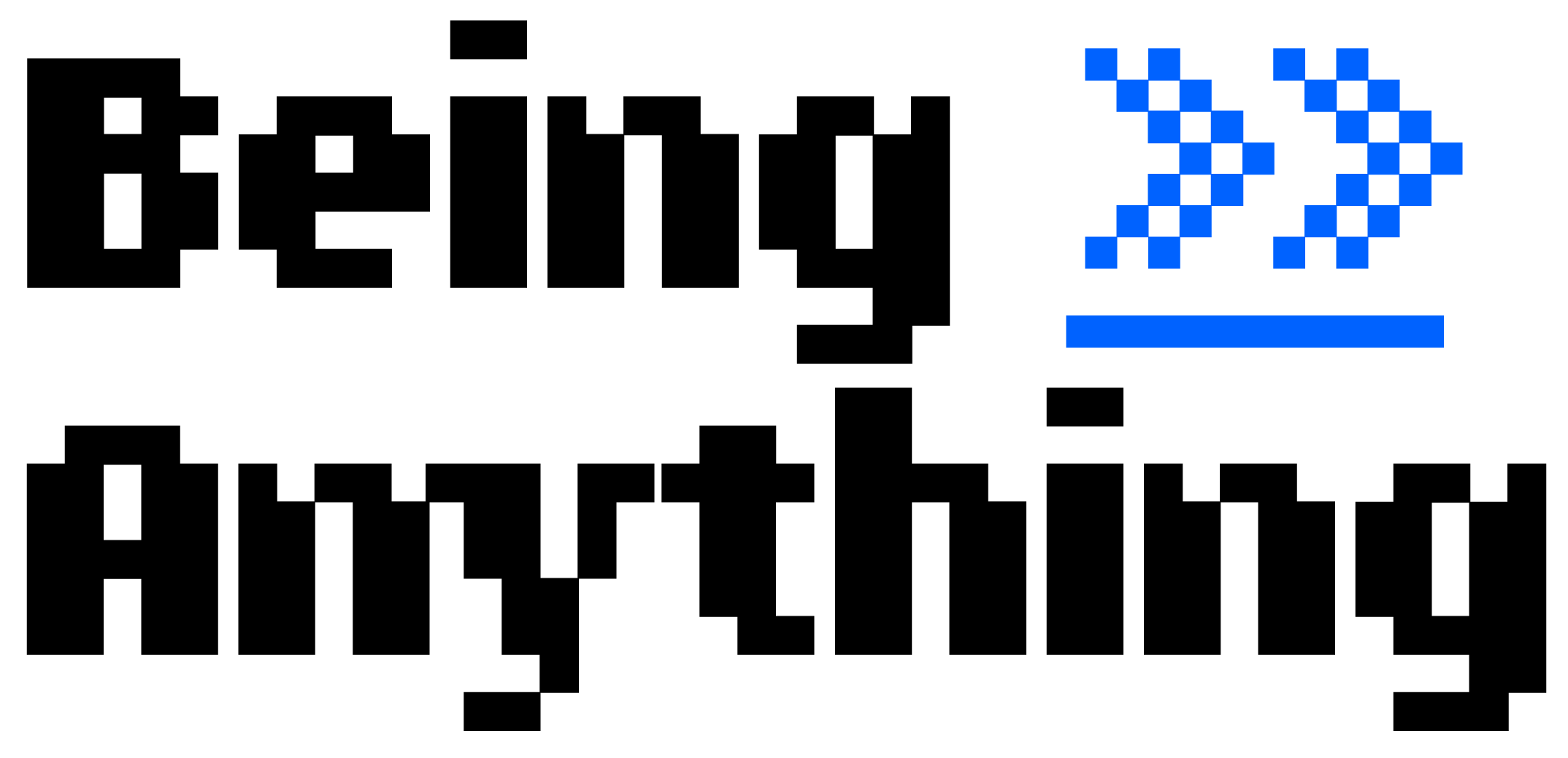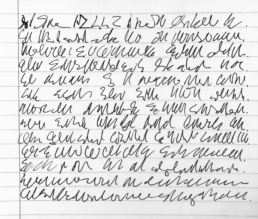The benefits of handwriting
In today’s digital age, where keyboards and touchscreens dominate, the simple act of handwriting often takes a backseat. However, there are undeniable benefits of handwriting. In this blog post, I will explore the positive aspects of handwriting and shed light on why it’s worth preserving in our increasingly digital world.
3 Reasons to stay writing by hand:
1. Cognitive Benefits: Research suggests that handwriting engages multiple areas of the brain, including motor skills, memory, and cognition. The physical act of writing stimulates neural pathways, enhancing learning and information retention.
2. Personal Connection: Handwritten notes possess a unique personal touch. They convey emotion, individuality, and a sense of authenticity that cannot be replicated by typing. Whether it’s a heartfelt letter or a quick scribble in a journal, handwriting adds a personal and meaningful touch to our communication.
3. Mindfulness and Focus: Unlike typing on a keyboard, handwriting requires a deliberate and focused approach. The rhythmic motion of the pen or pencil on paper fosters a sense of mindfulness, allowing us to be present in the moment and fully engage with our thoughts and ideas.

Hands writing an asemic text with a pen. Made with acrylic markers and Photoshop.
The Impact of Handwriting on Thinking.
Beyond the physical act of writing, handwriting has a profound impact on our thinking processes. The deliberate nature of forming letters and words by hand encourages slower, more intentional thinking. This allows for deeper processing of information and the opportunity to reflect on ideas as they take shape on paper.
Additionally, studies have shown that students who take handwritten notes during lectures tend to retain information better than those who rely solely on typing. The process of summarizing and paraphrasing content in real-time enhances comprehension and helps to solidify concepts in our memory.
Furthermore, handwriting activates areas of the brain associated with creativity and problem-solving. The tactile experience of shaping letters and words stimulates neural connections that can lead to enhanced cognitive flexibility and innovative thinking.
The Impact of Handwriting on Creativity.
Handwriting can be a powerful tool for unlocking creativity. The physical act of putting pen to paper frees us from the constraints of digital interfaces and encourages a more organic flow of ideas. The ability to sketch, doodle, and annotate in the margins provides a visual and tactile dimension to our creative process.
Moreover, the slower pace of handwriting allows for deeper introspection and exploration of thoughts. The blank page becomes a canvas for brainstorming, mind mapping, and sketching out connections between ideas. This process of visually mapping thoughts often leads to unexpected connections and breakthroughs, fueling our creative thinking.
Handwriting also fosters a sense of ownership over our ideas. The intimate connection between our thoughts and the marks we make on paper cultivates a personal and emotional investment in our creative work. This sense of embodiment and connection can instill confidence, boost self-expression, and amplify the impact of our creative endeavors.
Final Thoughts.
While digital tools offer convenience and speed, the positive aspects of handwriting should not be overlooked. From cognitive benefits to enhanced thinking and creativity, handwriting has a unique ability to engage our minds and ignite our imagination. Let’s not forget the joy and power of the handwritten word amidst our tech-driven world.

